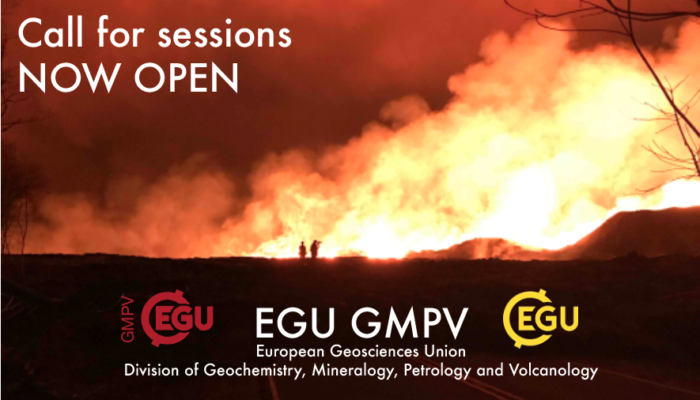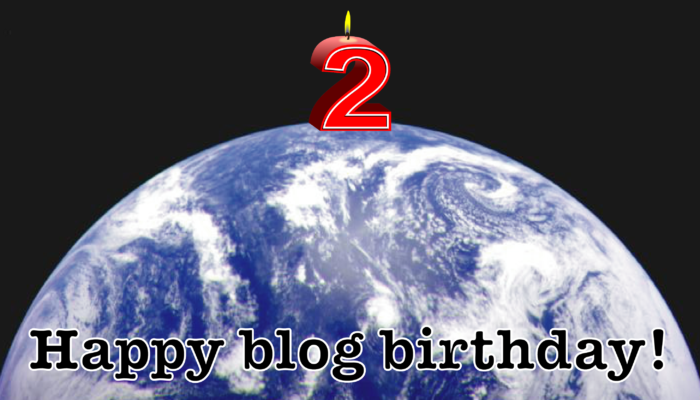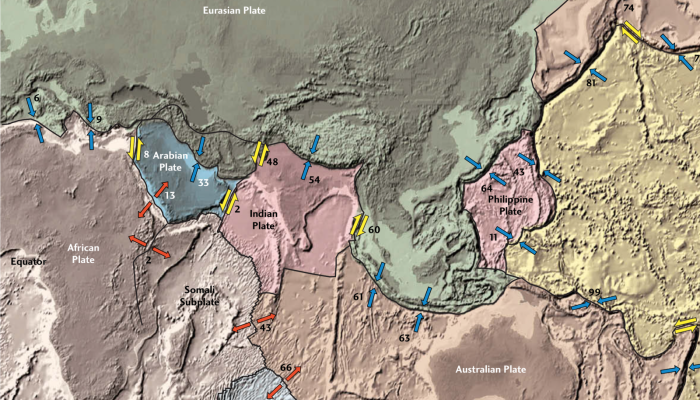Numerical modelling is not always a walk in the park. In fact, many of us occasionally encounter problems that we cannot directly solve ourselves, and thus rely on help from others. In this month’s Wit & Wisdom post, Patrick Sanan, postdoctoral researcher at the Geophysical Fluid Dynamics group at ETH Zurich, will talk about asking the right questions about scientific software. As an experienc ...[Read More]
Hydrological Sciences
Quality through Equality – tackling gender issues in hydrology
Quality through Equality – tackling gender issues in hydrology Results of a 1-day workshop organised by the University of Bristol’s Water Engineering Group “Science has a diversity problem” (Nature, 2019), and hydrology and the water sciences are no exception. For example, overall only 36% of all EGU medal awardees are female. With 31% of all nominations going to female researchers (Ka ...[Read More]
Seismology
Highlights of the EGU GA 2019
A brief review, highlighting the short course series Solid Earth 101, the Early Career Scientist strategy, and the impressions on the EGU General Assembly from your editorial staff. Over 16 000 scientists from 113 countries, more than 1000 different conference related events and a schedule overflowing with science, awards ceremonies, short courses, policy making, and – if you know where to look – ...[Read More]
Geochemistry, Mineralogy, Petrology & Volcanology
#mineralmonday: lazurite
#mineralmonday: your weekly* dose of obscure mineralogy, every Monday** [*not guaranteed; **or possibly Tuesday-Sunday] What is it? Lazurite. Take a deep breath, the formula is Na3CaAl3Si3O12S. That’s a lot of elements to digest, what does it mean? Well, the aluminium (Al) and silicon (Si) form tetrahedra (4-faced 3D triangular shapes), with oxygen (O) on the points. These are arrange ...[Read More]
Geodynamics
The Sassy Scientist – Key Papers
Every week, The Sassy Scientist answers a question on geodynamics, related topics, academic life, the universe or anything in between with a healthy dose of sarcasm. Do you have a question for The Sassy Scientist? Submit your question here. Luca asks: What is (in your opinion) the key paper in geodynamics and why? Dear Luca, There is not one key paper. It is simply impossible to point at one paper ...[Read More]
Cryospheric Sciences
Image of the Week – Looking to the past for answers
We’re only just really starting to comprehend the state and fate of Himalayan glaciers due to a scarcity of research along the monumental mountain range. Climbers and scientists have been observing these lofty glaciers since the 1900s. However, is that looking back far enough? Glacier moraines, featuring in this Image of the Week, can reveal change extending back thousands of years. You may look a ...[Read More]
Geochemistry, Mineralogy, Petrology & Volcanology
Seven reasons why YOU should propose an EGU 2020 session
Did you ever notice that the majority of convenors of the EGU conference sessions seem to be older than you? Have you ever despaired that none of the conference sessions are directly relevant to your work? Does your CV look conspicuously blank in the ‘Service’ section? Have you ever tried to sneak one of your friends into the EGU Friday night party only to be discovered, have your conf ...[Read More]
Geodynamics
Happy blog birthday!
Can you believe it, people? We have been running this blog for 2 years! What a milestone! Time to celebrate and look back at a year of great blogging. Who are the champions? We are the champions, my friends! That’s right! We actually won a prize this year: we won best blog post of 2018 by public vote for a post by one of our editors, Luca Dal Zilio, about a conference he attended in Singapore. So ...[Read More]
Tectonics and Structural Geology
Meeting Plate Tectonics – Barbara Romanowicz
These blogposts present interviews with outstanding scientists that bloomed and shape the theory that revolutionised Earth Sciences — Plate Tectonics. Get to know them, learn from their experience, discover the pieces of advice they share and find out where the newest challenges lie! Meeting Barbara Romanowicz Barbara Romanowicz studied mathematics and applied physics and did two PhDs, one in astr ...[Read More]
Natural Hazards
I-REACT – ‘Fight disasters with your phone’
Technology has never been more at hand than at the time we are living. Smartphones and the many apps on the market are proof of this. As I recently discovered, there is also an app developed to learn about natural hazards and, as they claim, fight disasters! This app is called I-REACT, and it was born from a homonymous innovation project funded by the European Commission and developed by a consort ...[Read More]









